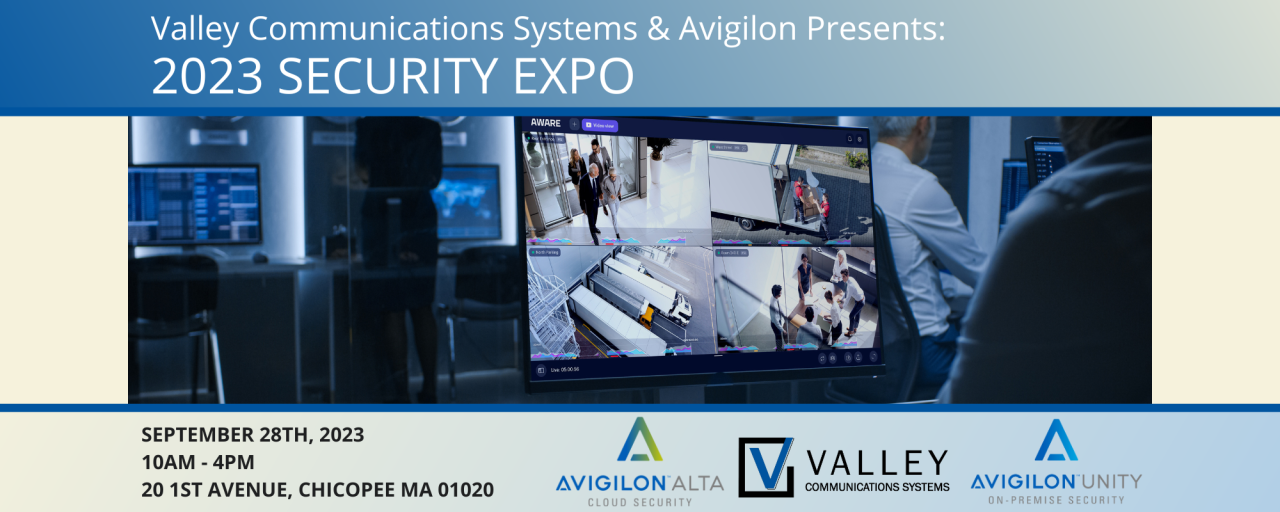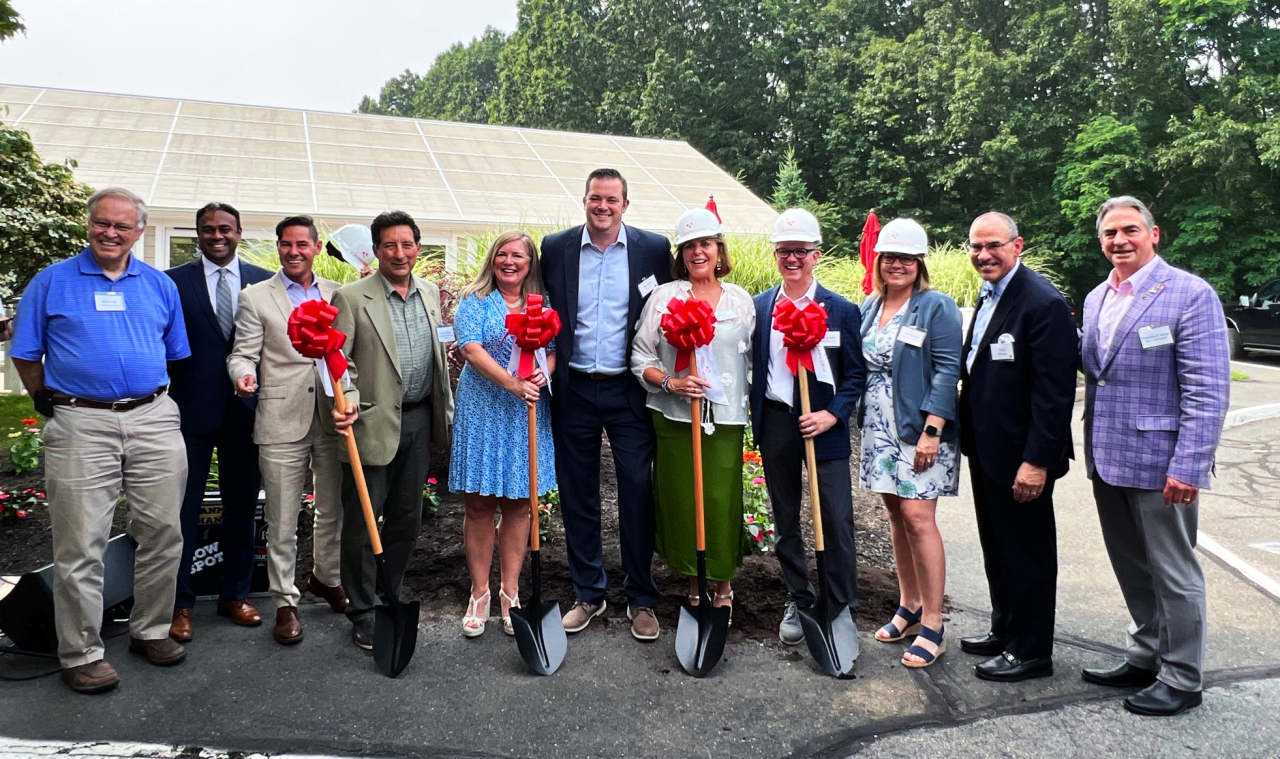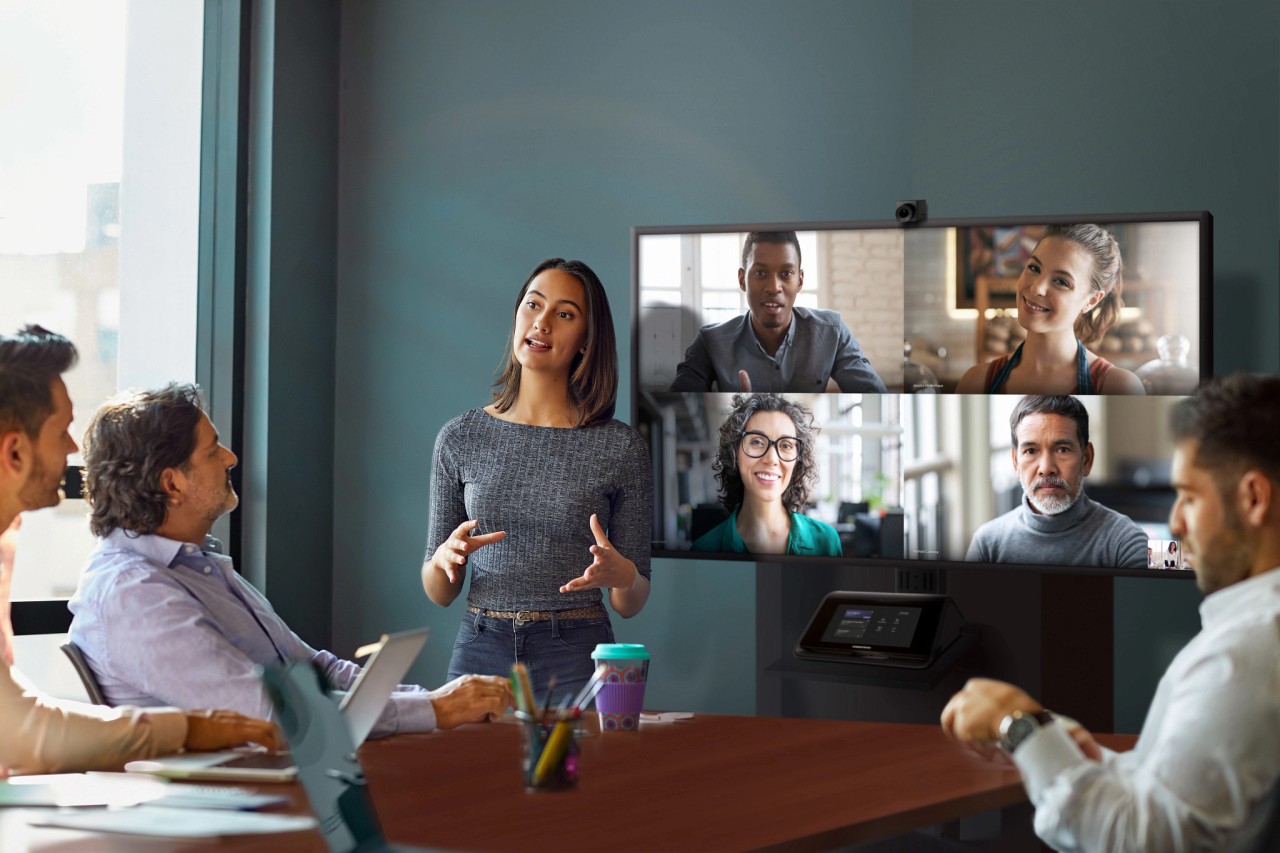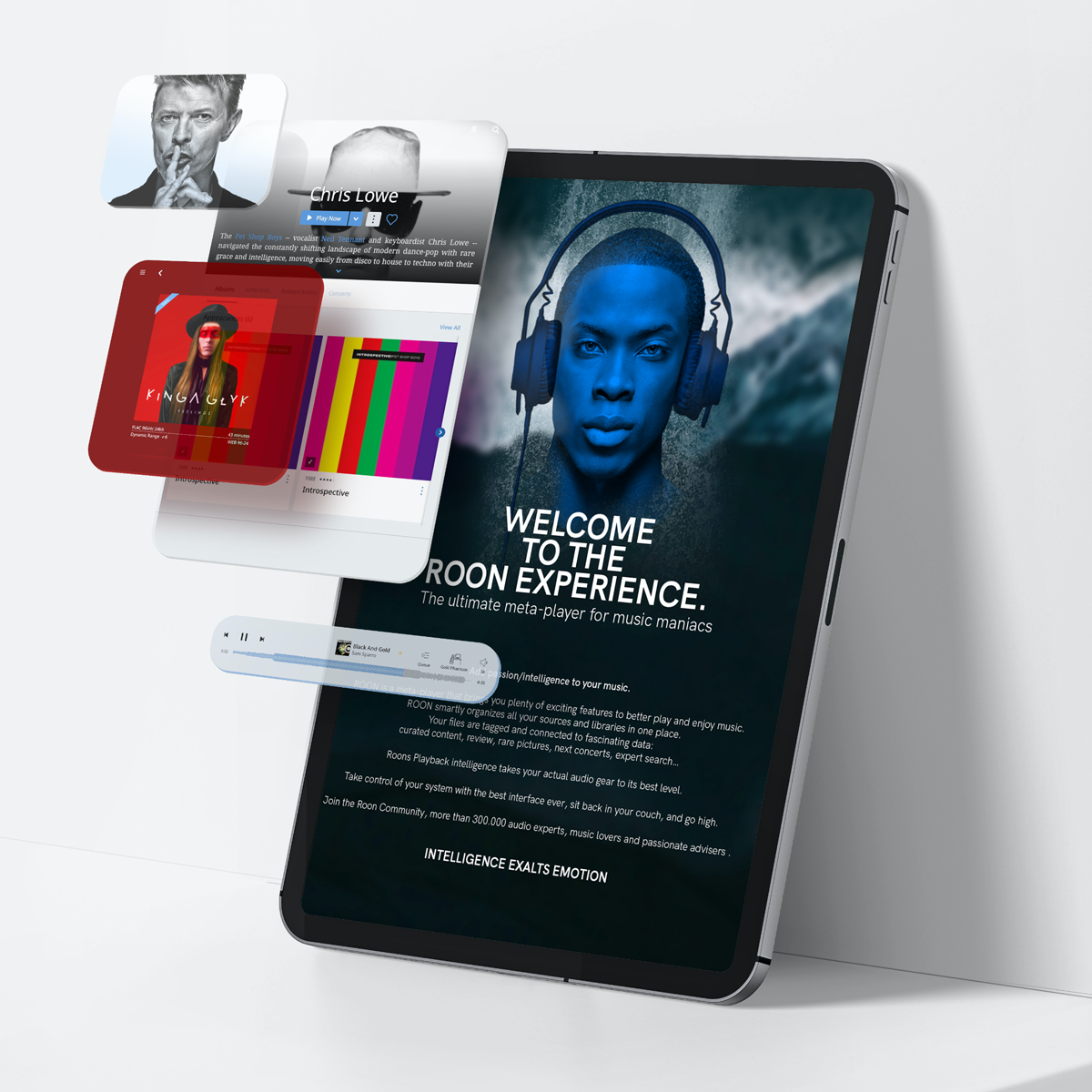Valley Communications Systems, led by Joshua Kranz and Michael Tremble, celebrates 78 years this week in the commercial integration industry. Emphasizing client-centric values, we have forged a partnership with MediaVue Systems, elevating business operations and enhancing client experiences.
"In the commercial integration industry, successful firms are those that are built on a foundation of immense trust, loyalty and fruitful partnerships. Valley Communications Systems Inc., located in Chicopee, Mass., happens to be one such integration firm. The company, which was founded in 1945 under the leadership of Rita Tremble, has since remained on the cutting edge of integration, innovation and services. According to Joshua Kranz, president and CTO of Valley Communications, the core value of the company lies in its ability to go above and beyond with their clients. He remarks, “At Valley Communications, our main philosophy is making our clients look and feel good.”
It is this very philosophy that has made Valley Communications a trusted integrator in the commercial integration industry. It continues to provide attentive customer service, strong relationship building, along with custom, creative technology integration across several verticals. And part of this success, Kranz adds, is due to its longtime partnerships with manufacturers who also share this philosophy. This brings us to MediaVue Systems, termed as a true partner by Kranz. He states, “Taking care of customers is a team effort, and MediaVue’s willingness to provide solutions, management and direct support has been instrumental in dealing with our clients.” Kranz further notes that from an integrator’s perspective, it is vital to have a manufacturer partner that provides a deeper level of expertise to ensure a project’s success."
Read the full article here: https://www.commercialintegrator.com/business_resources/how-mediavue-helped-valley-communications-empower-clients/






